
Figs
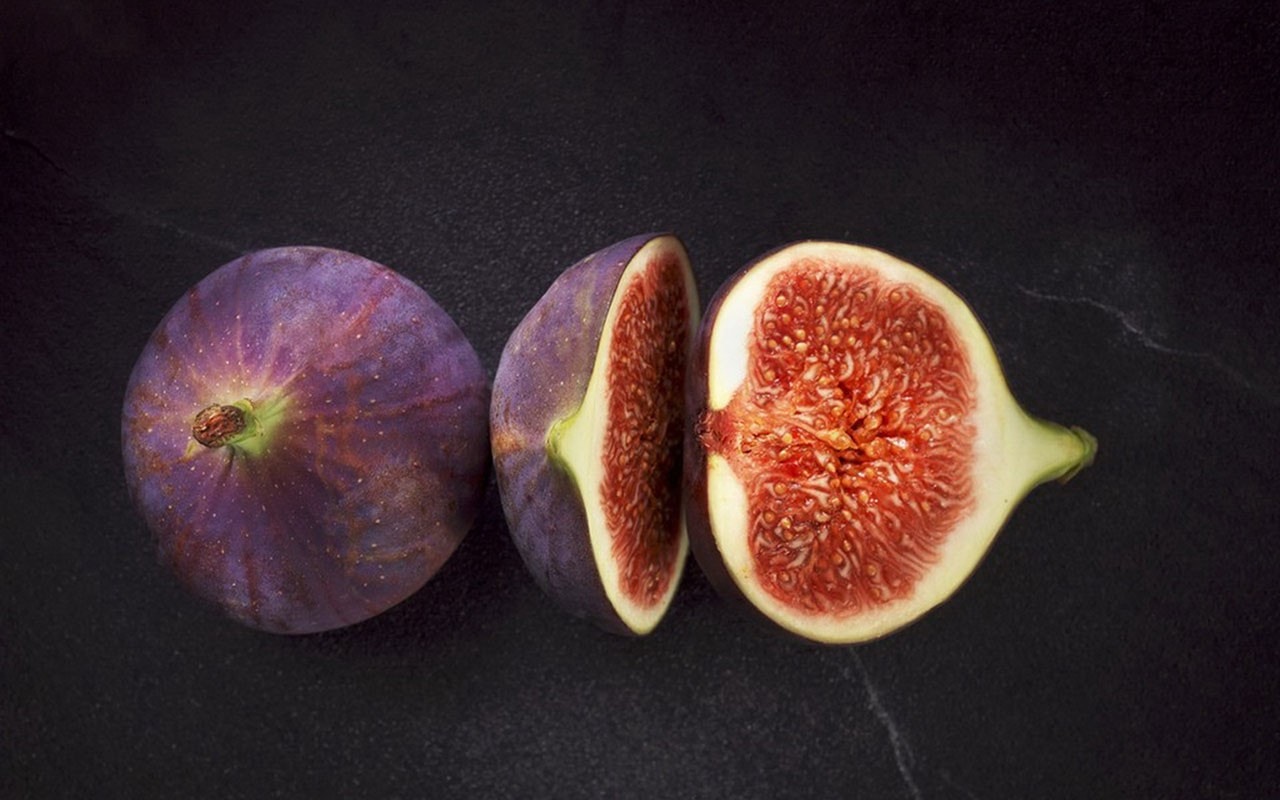

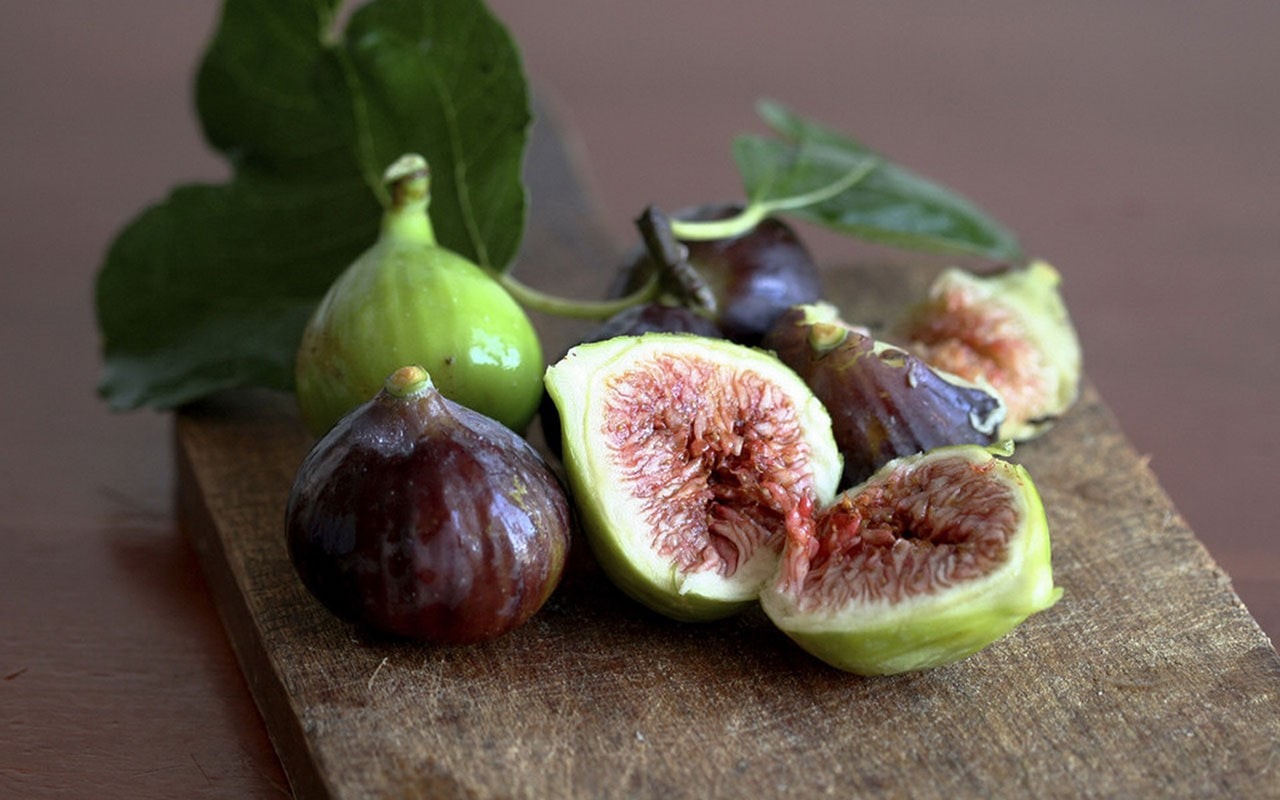

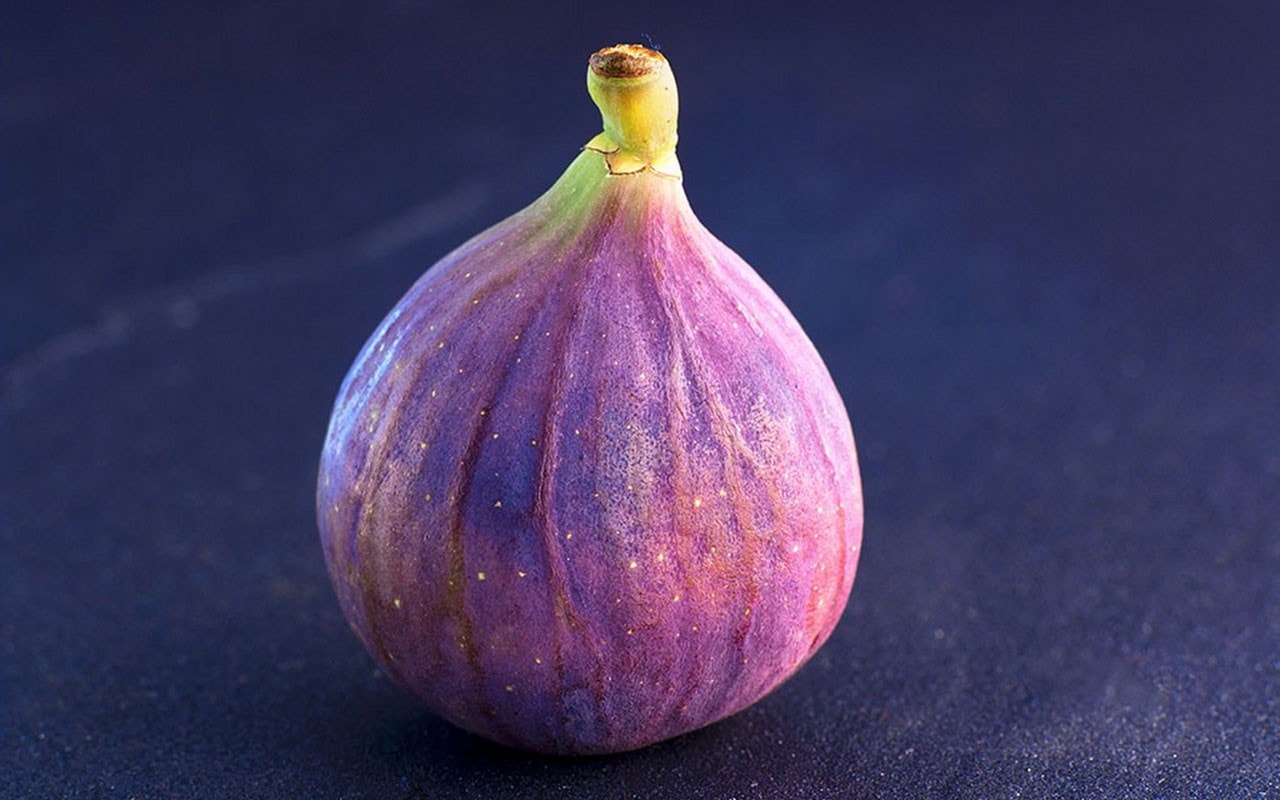
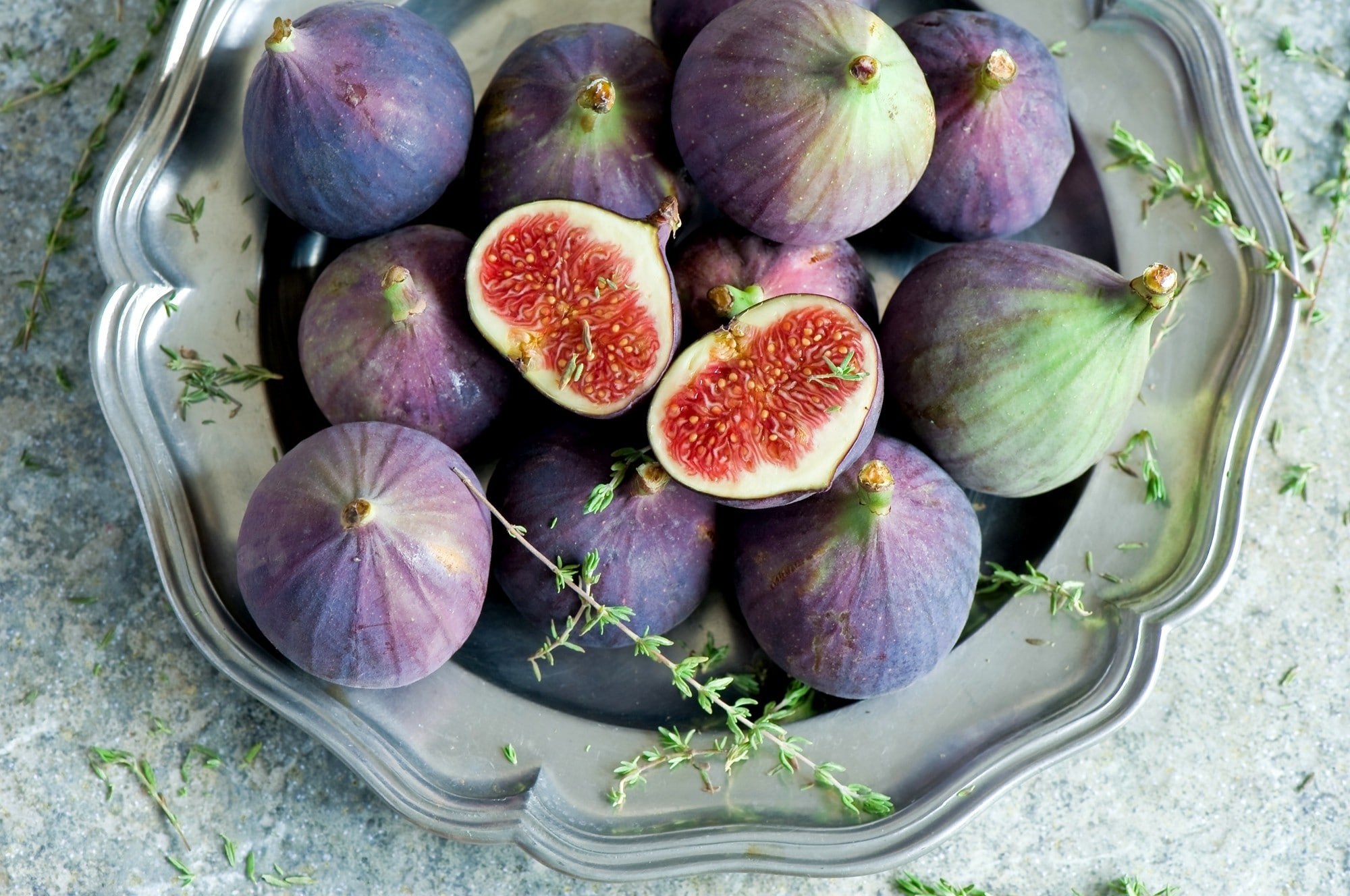
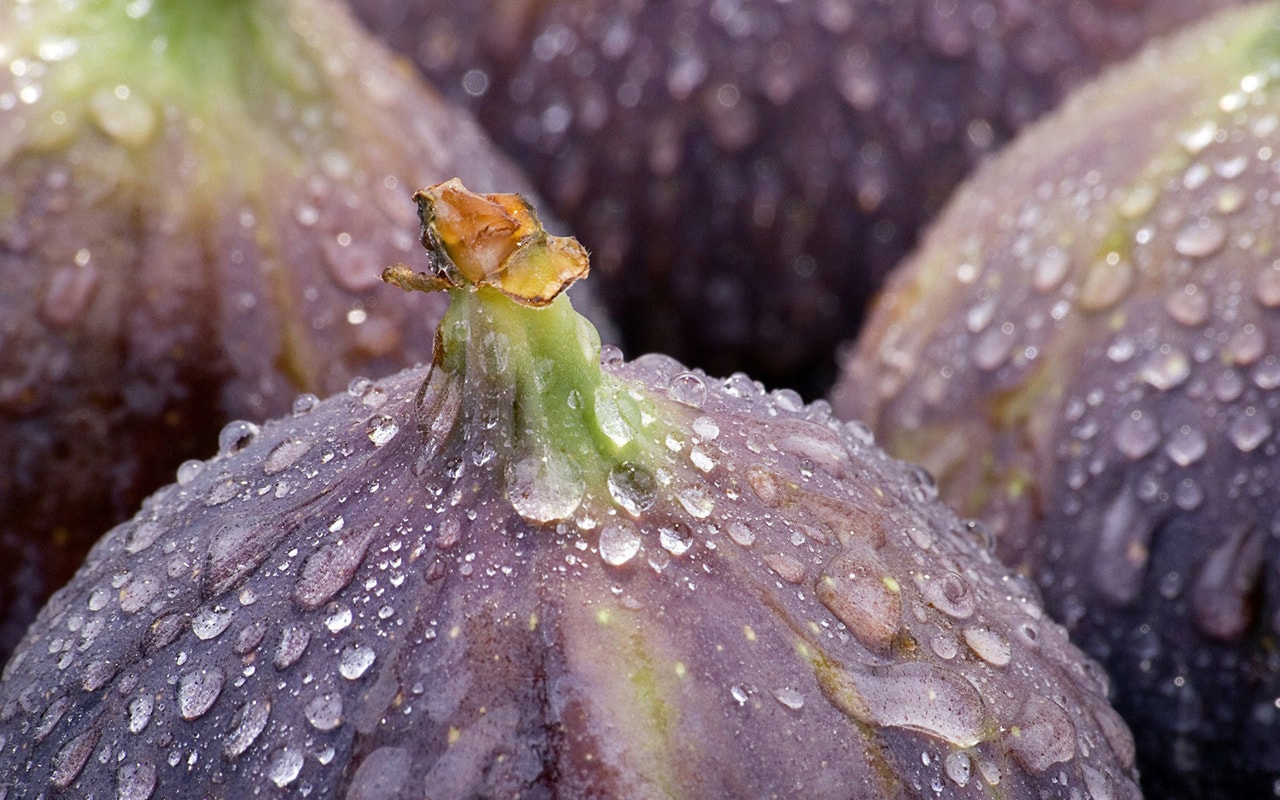
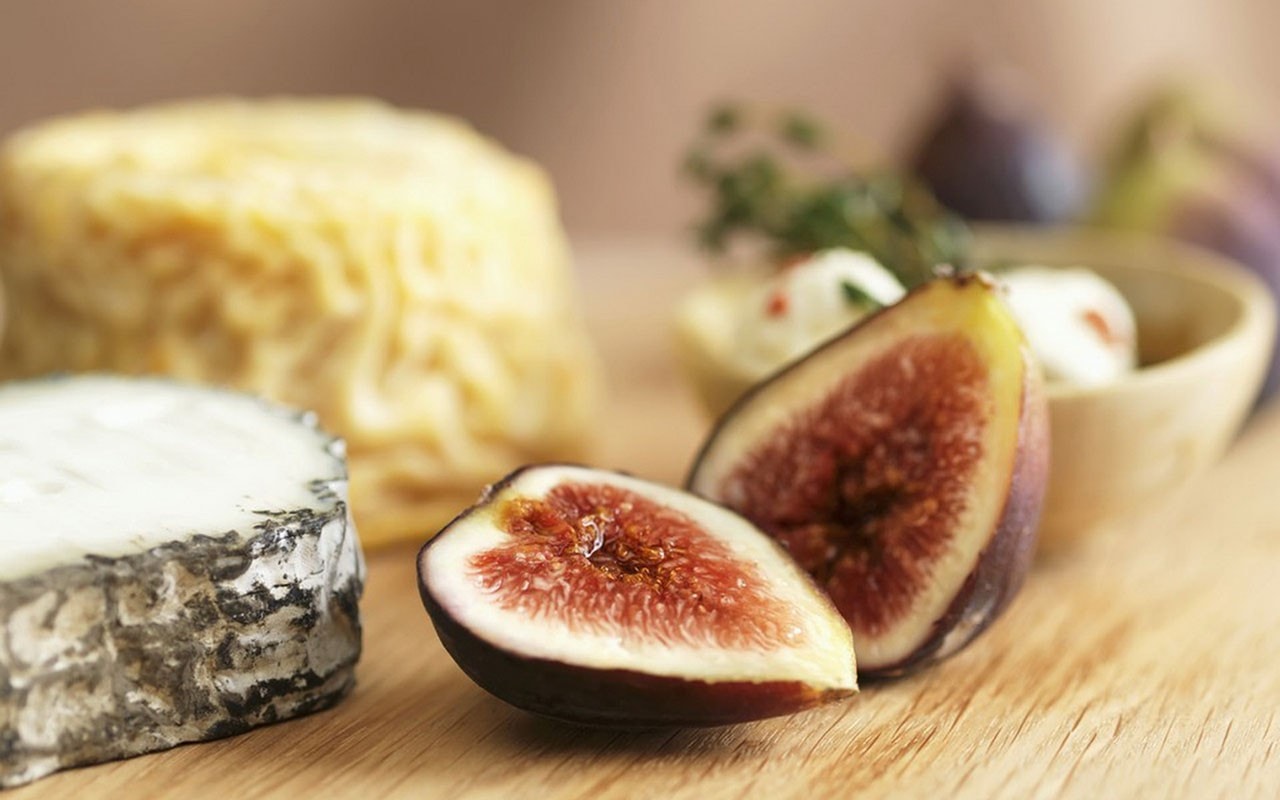

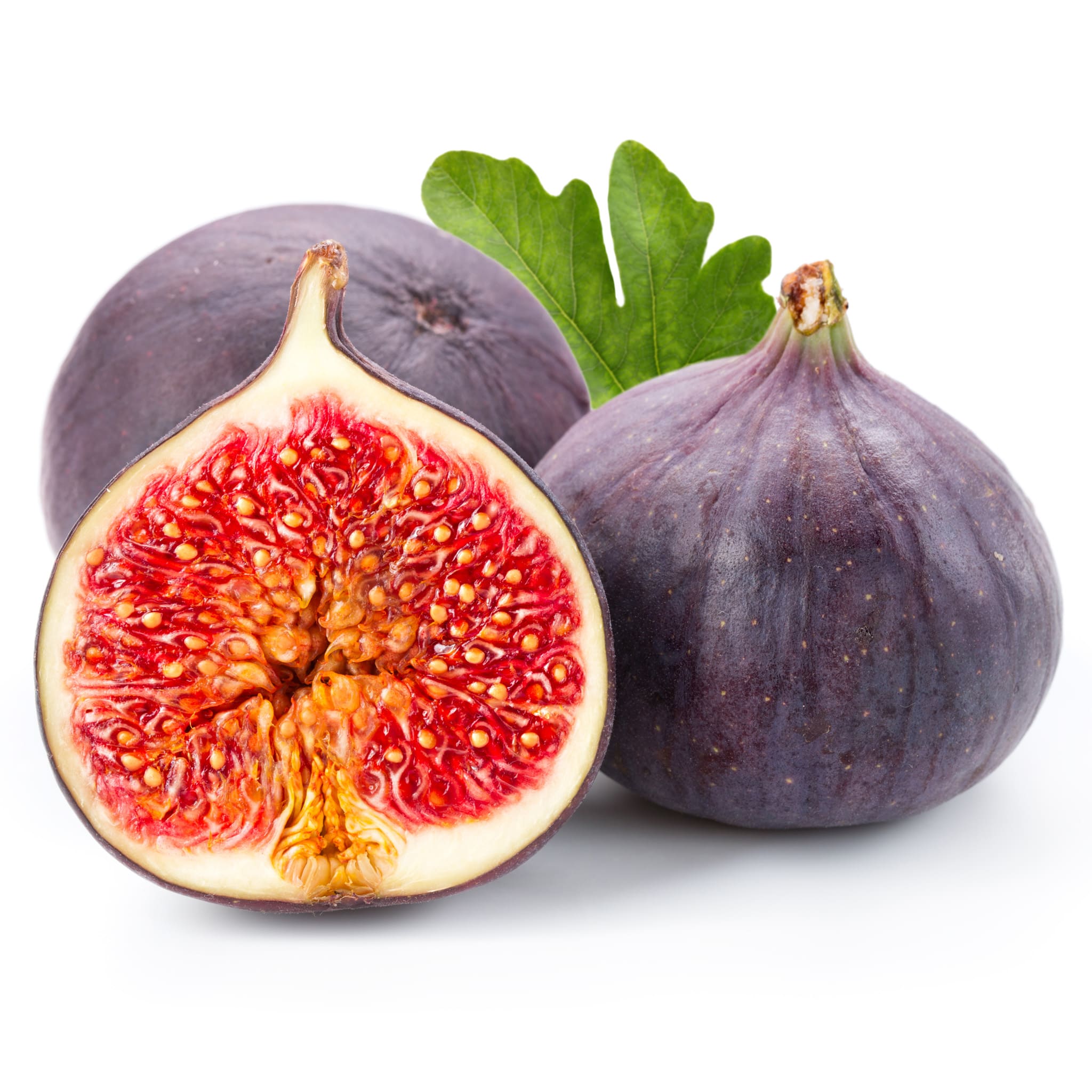
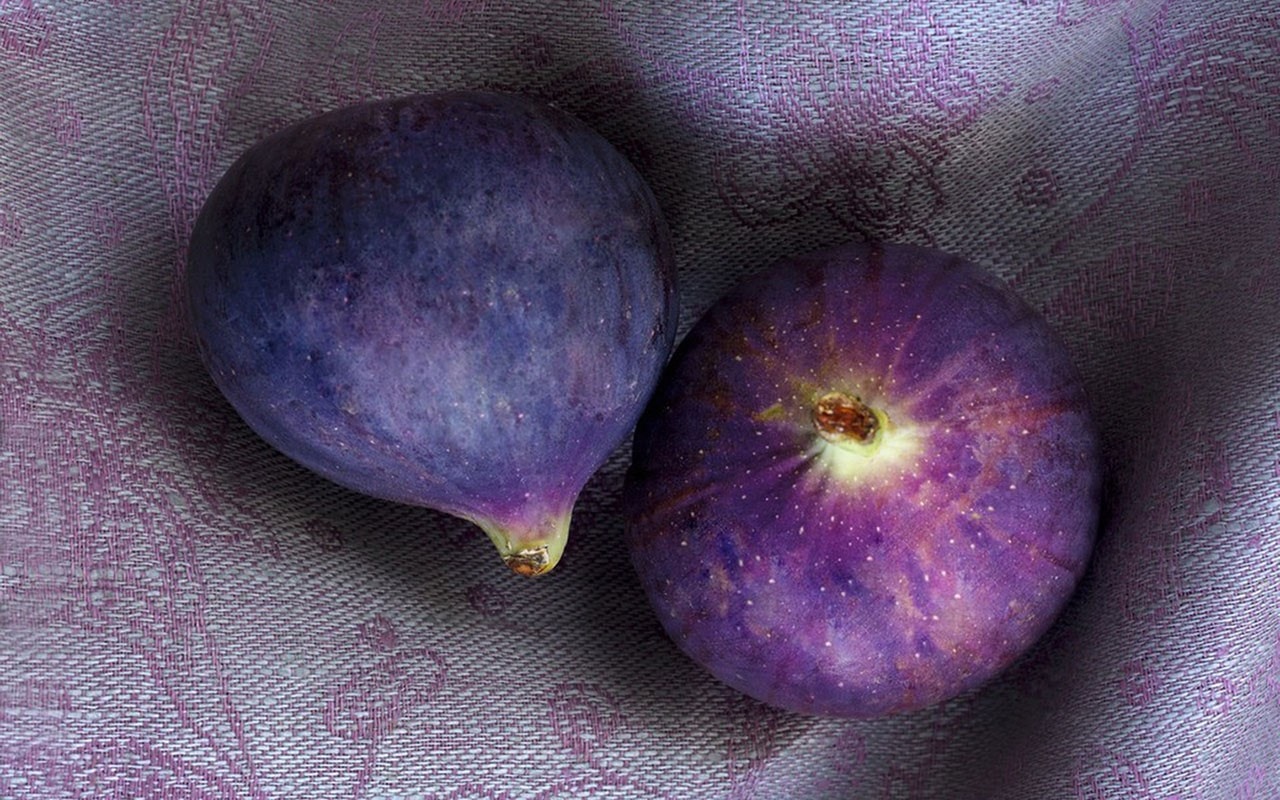

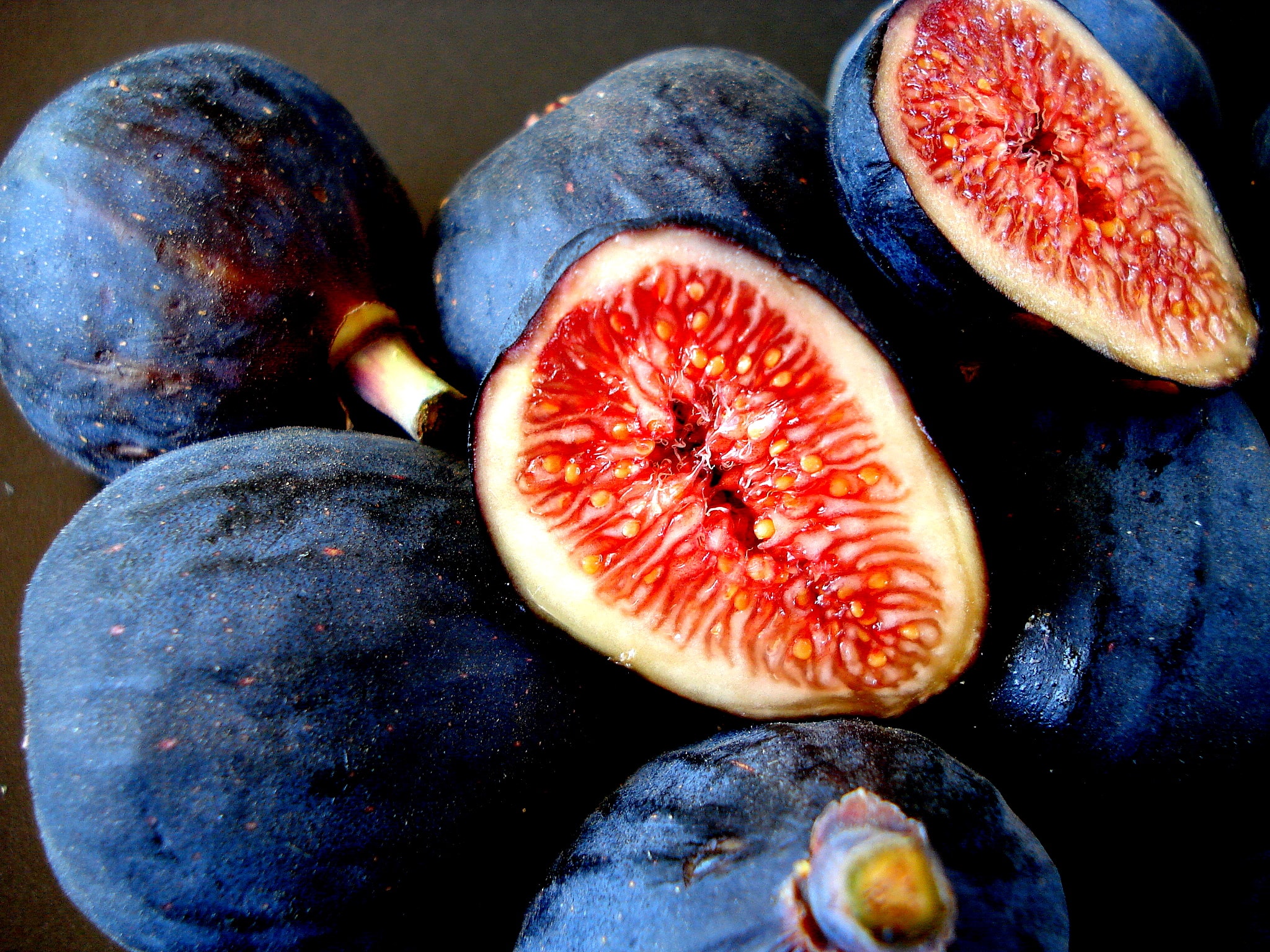



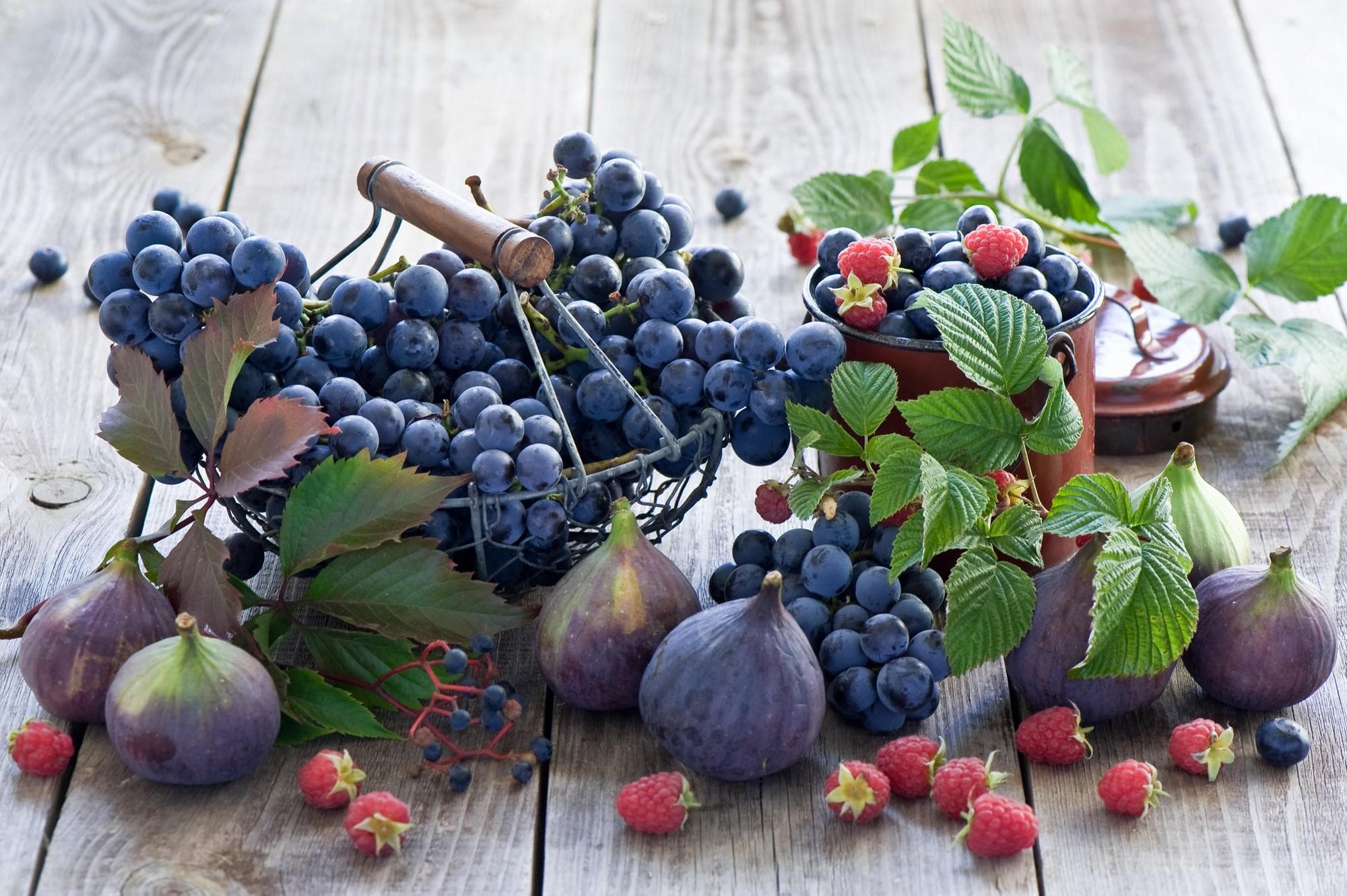
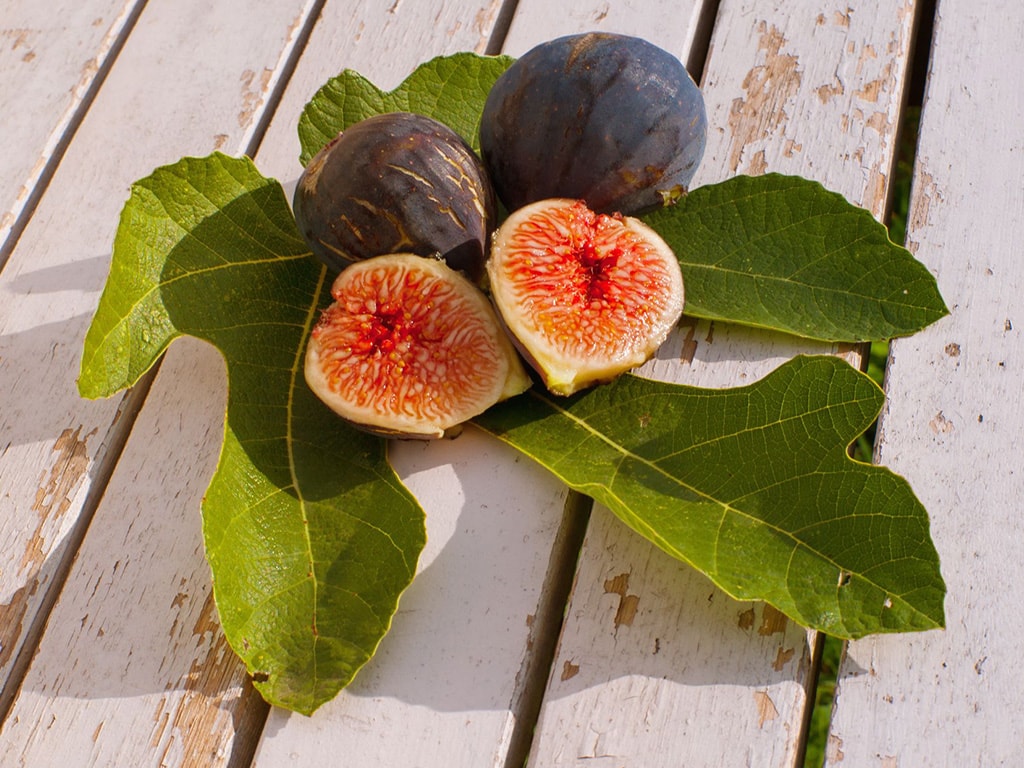
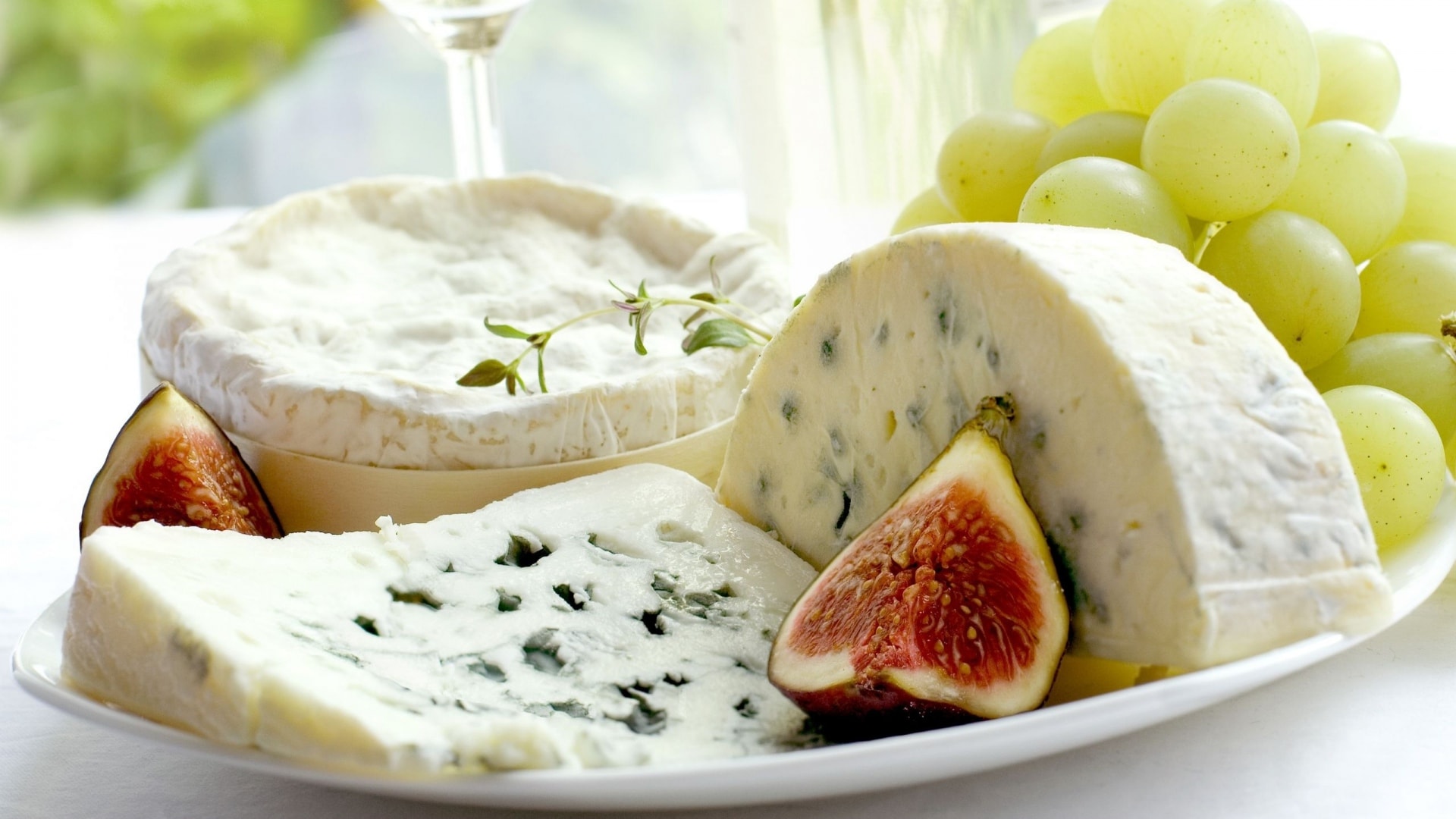

Figs wallpapers for your PC, Android Device, Iphone or Tablet PC. If you want to download Figs High Quality wallpapers for your desktop, please download this wallpapers above and click «set as desktop background». You can share this wallpaper in social networks, we will be very grateful to you.
Figs, it is a fig or a fig tree – one of the oldest cultivated plants belong to the genus Ficus and has a Latin name – Ficus carica (Ficus carica). Historically, the fig is a subtropical plant, but widespread, figs grow well in the tropics, being a deciduous tree.
Fig tree grows small sizes in the adult form and may be from 3 to 9 meters in height, with numerous spreading branches and trunk diameter of 18 centimeters. The plant contains an abundance of milky latex fluid. The root system is quite figs branched and often covers a circle 15 meters in width, the depth of the roots of a fig can take up to 6 meters.
Large fig leaves divided into 3-7 segments with uneven teeth on the edges. The plane of the sheet reaches a length and a width of 25 centimeters. Leaf is quite thick with a rough top surface and a soft, lint-free bottom side, with light streaks. Leaves figs used in India as fodder for cattle and greenery collected immediately after harvesting the fruit harvest. It is known the use of fig leaves in France as a raw material for the perfume material with grass-woody scent, participating in the creation of the forest aromas.
The latex contained in the fig tree, can irritate the skin when in contact with it is not immediately removed. It contains rubber, resins, albumin, sugar, malic acid, renin, proteolytic enzymes, diastase, esterase, lipase, catalase and peroxidase. The fig latex is collected in the early morning at the peak of activity of the plant and has a variety of uses from medical and food, to be used in household products.
How to grow figs
The fruit of the fig tree is a fleshy hollow vessel with a small hole at the top, partially closed with small scales. Figs grow obovate or pear-shaped from 2.5-10 centimeters long and their color varies from yellow-green to dark purple.
Figs tiny flowers arranged in large numbers on the inside of the future fetus. In most species the female sucks the flowers and do not require pollinators. However, some species have flowers of both sexes and for the formation of the seeds they require a visit to the tiny insects.
Peel figs thin and delicate, fleshy whitish walls, pale yellow, or purple hue. At the ripe state fruits juicy and sweet, unripe fruits contain inedible gummy latex. Depending on the species, the seeds of figs can be large, up to 30 units in the fruit, and to a very small range – up to 1600 pieces per figs.
Figs growing thrives in tropical areas with rolling hills at 800-1800 meters above sea level. In winter, the tree can withstand up to 20 degrees below zero in places favorable for other natural indicators. When growing figs for the production of fresh fruits, the area should have a fly climate with mild spring rains, as the abundance of moisture during the ripening of the fruit cracking and contributes to their rapid deterioration. Semi-arid tropical and subtropical regions of the world are perfect for growing figs, if available sources for irrigation. However, very hot dry periods cause fruit drop, even with the implementation of irrigation.
Figs grow in a wide range of soils. He fit even light sand, rich loam, heavy clay or limestone, if provided with sufficient depth and drainage. Sandy soil, preferably with a content of lime when the crop for drying. Very acidic soil unsuitable for growing figs, pH value should be within the range of 6.0 to 6.5 units. Trees quite tolerant of moderate salinity.
Figs usually bring twice yearly harvest. At the beginning of season fruits are inferior in quality and often too acidic. The main crop is the second that has decisive significance. Fig trees bear fruit abundantly first 12-15 years, and then the gardens need to be updated due to lower yields and the development of diseases, although figs can grow to a very old age.



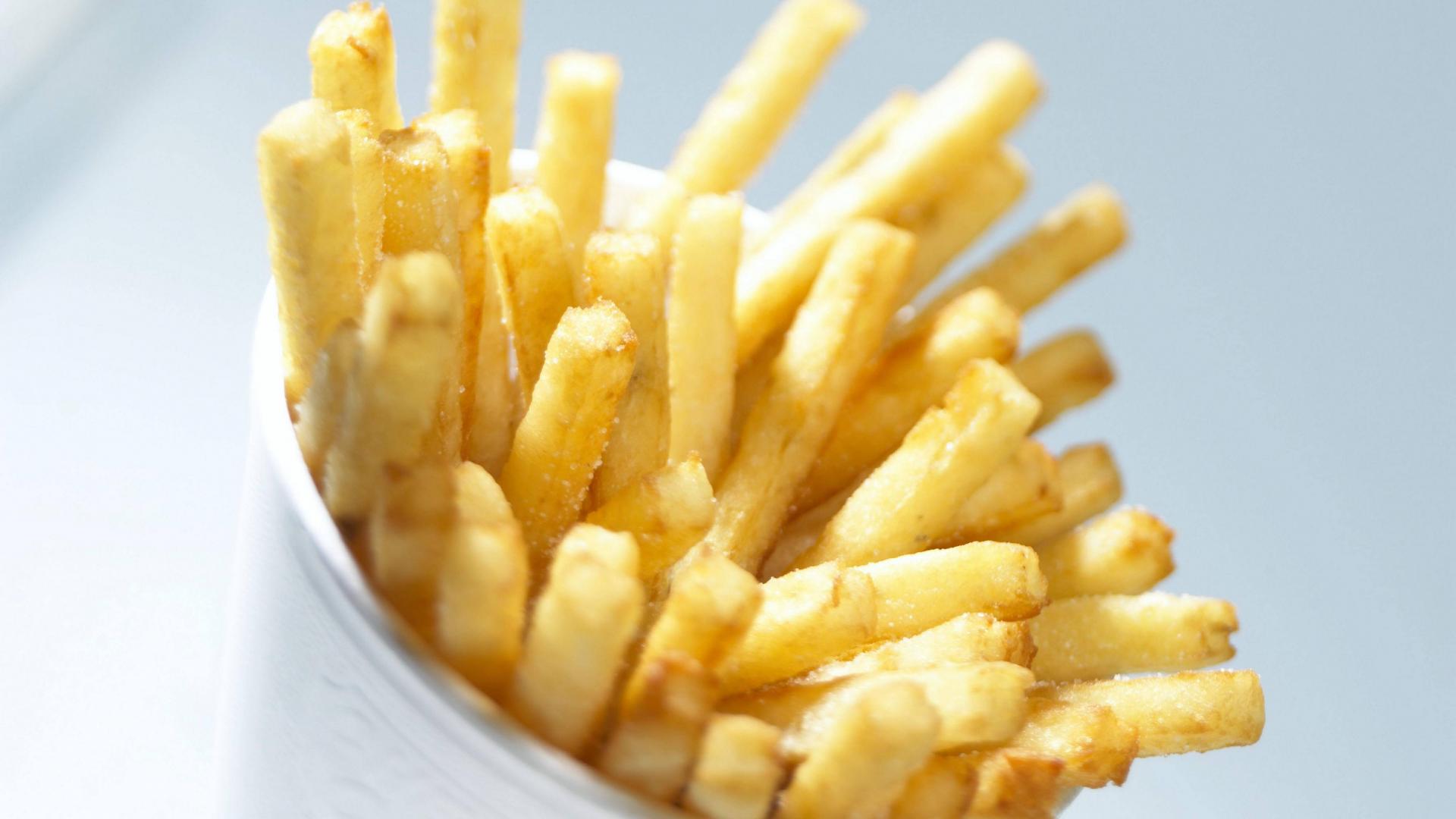
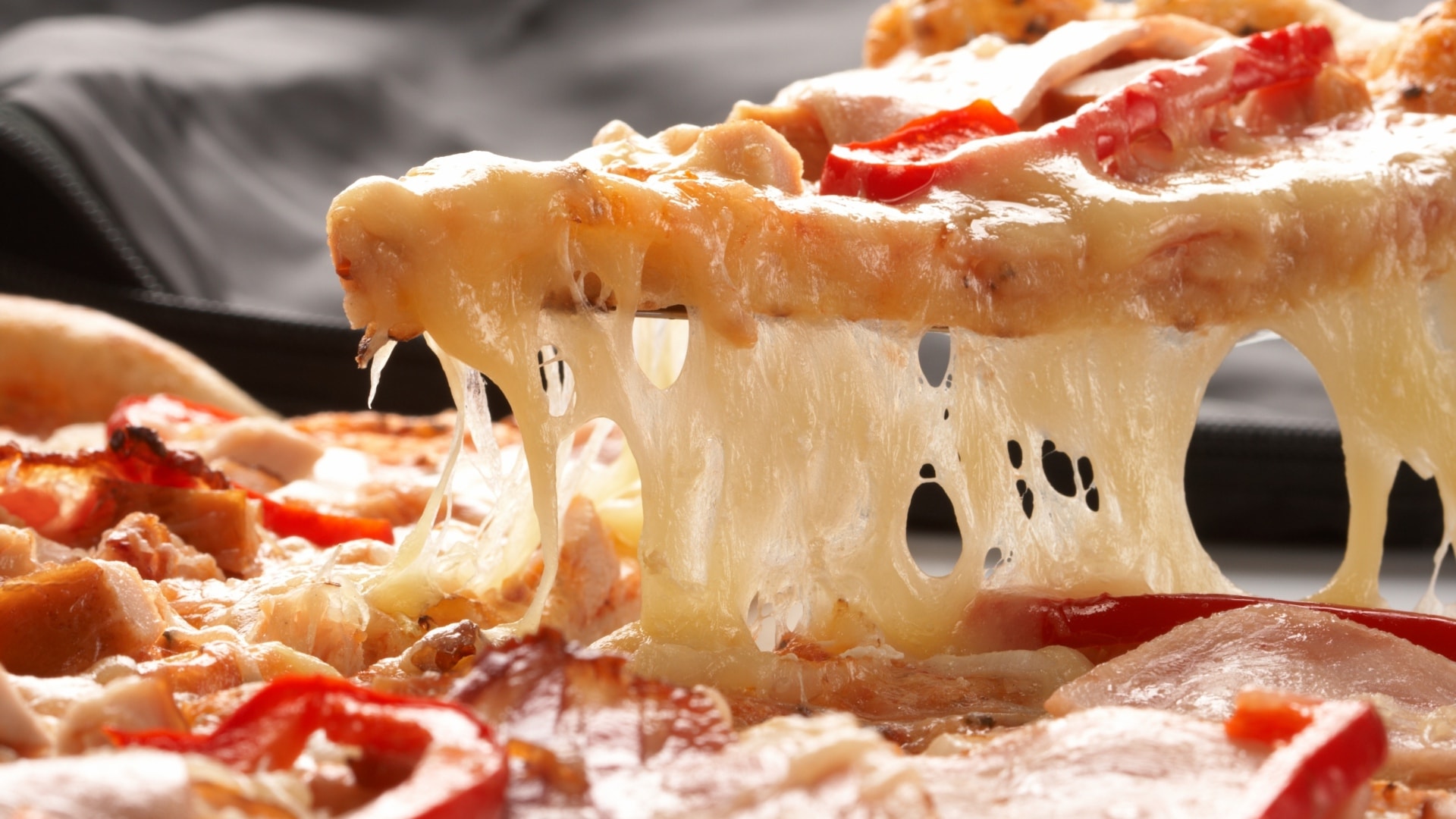


No Comment